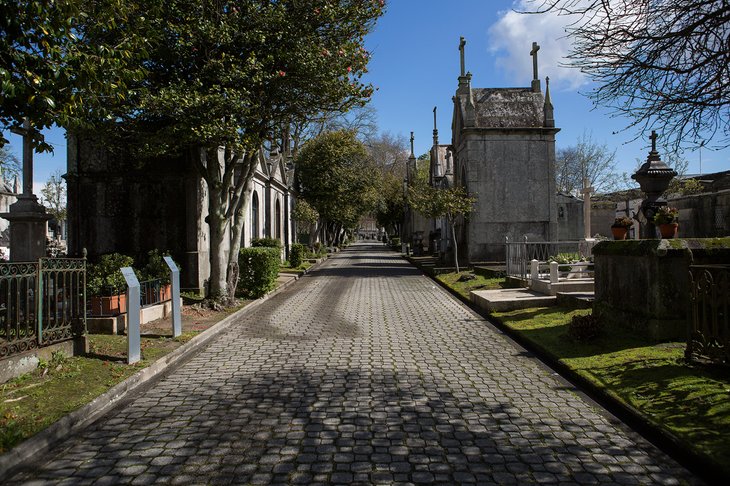Cemeteries in Porto are enriching cultural experiences to visitors
Article

Filipa Brito
Porto City Hall launches, for the first time this year, a workshop of Drawing for those who wish to sketch on the theme of cemeteries.
There will be a visit to the British Cemetery on 25 May, in the context of the 24th Cultural Cycle of Porto Cemeteries, to celebrate the 210 anniversary after the birth of Baron of Forester, a winemaker, a cartographer and also a photographer, whose name was given to a street in Porto.
Both Municipal Cemeteries in Porto, which are part of the European Route of Cemeteries have more than doubled the number of visitors in the past four years.
Data from Porto City Hall to Lusa Agency show that the Agramonte Cemetery (1855) and the Prado do Repouso Cemetery (1839) have received circa "432 visitors in 2015", in seven guided tours, whilst in 2018, the number of visitors increased to "1.205 visitors in the 17 tours carried out between May and October".
In 2016, there were "685 visitors in eight guided tours and in 2017 there were 960 participants in the 12 scheduled visits".
According to Historian Arnaldina Riensenberger, the most represented countries are Portugal, Brazil, the United Kingdom, countries within Eastern Europe and Spain.
"Cemeteries are like small cities within a bigger city", Arnaldina Riensenberger explains, "they are like an open air museum and the mission of the guided tours is to demystify burial grounds in Porto and lead people to discovering artwork and monuments in the city".
"To know that bay leaves symbolise glory, or that olive leaves mean peace and that bats signifies death, or a white dove a damsel, or that a hammer and a wheel are symbols for industry help visitors to unravel riddles with no need to use numbers or letters", Ms Riensenberger concludes.
Nocturnal visits are in much demand in the cemeteries in Porto, and powerful flashlights are used during these night tours.
It is said that those who visit cemeteries seldom maintain their previous perspective on what a burial ground means.
Do you feel inspired?